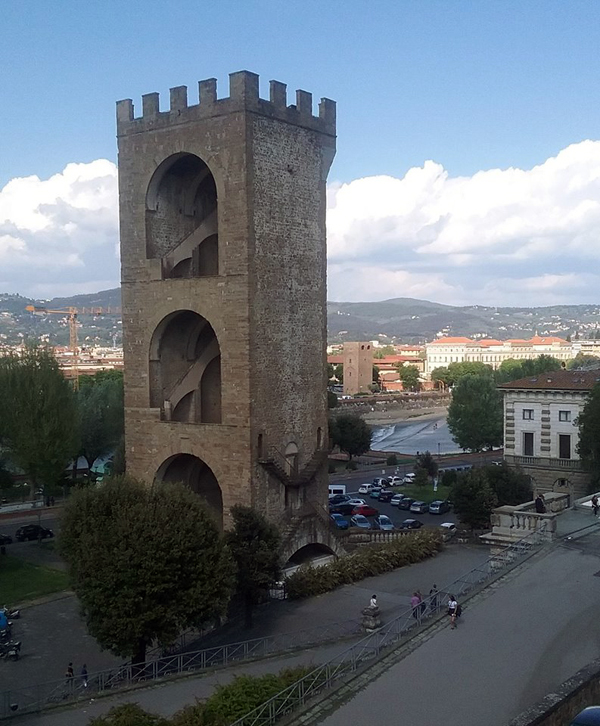Do you know a secret passage?
Do you know a secret passage?
A secret passage joins the two banks of the river Arno: the "Torre della Zecca" and "Porta San Niccolò" compose a strong structure since Middle Ages! A real abandoned city twists and turns underground among narrow galleries, dark passages and unexplored tunnels. Why were these two constructions joined? Because they closed the city of Florence on the east side composing a real fortress!
The "Torre della Zecca" was the place where the Florin was minted. Florence had its own money from 1252 to 1531 when the duke Alessandro abolished it. The image of S. John the Baptist was impressed on it together with the lily, the symbol of the city. "Porta S Niccolò" was one of the doors of the city-walls Arnolfo di Cambio built from 1284. It is still today the only door that preserves its original height. it's opening from next 24th June until the end of September. You can enjoy a wonderful landscape and an unforgettable sight of the city from the top of the tower!
In 1877 the secret passage was accessible: four thousands and five hundreds of people crossed it paying twenty-five cents each one!
During the second World War the passage became a shelter: here a group of boys in 1950s found the body of a dead man, a Fascist: he held a knife in his hand and a silver eagle decorated it.
Altri articoli
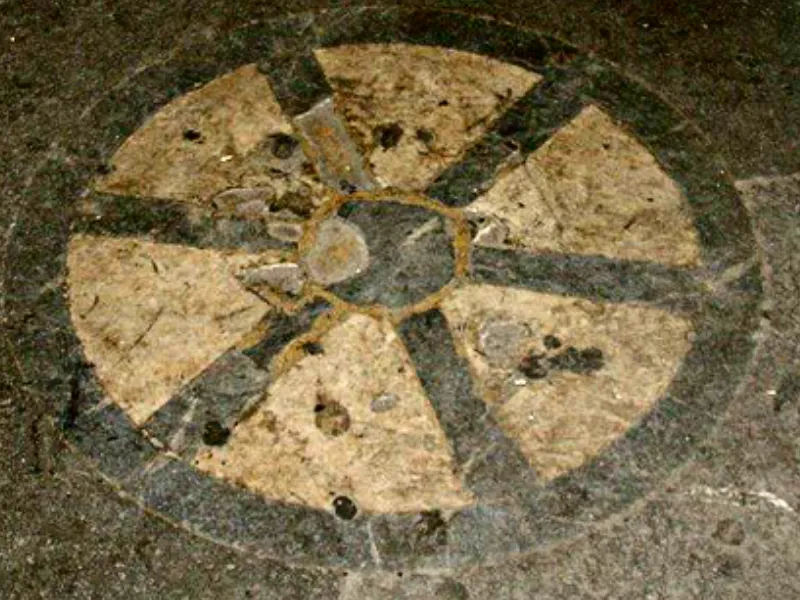
The stone of the outrage
From 1282 priors were representatives of the seven Major guilds: they fighted against the old aristocratic families revenging an active role of trade in Florence.
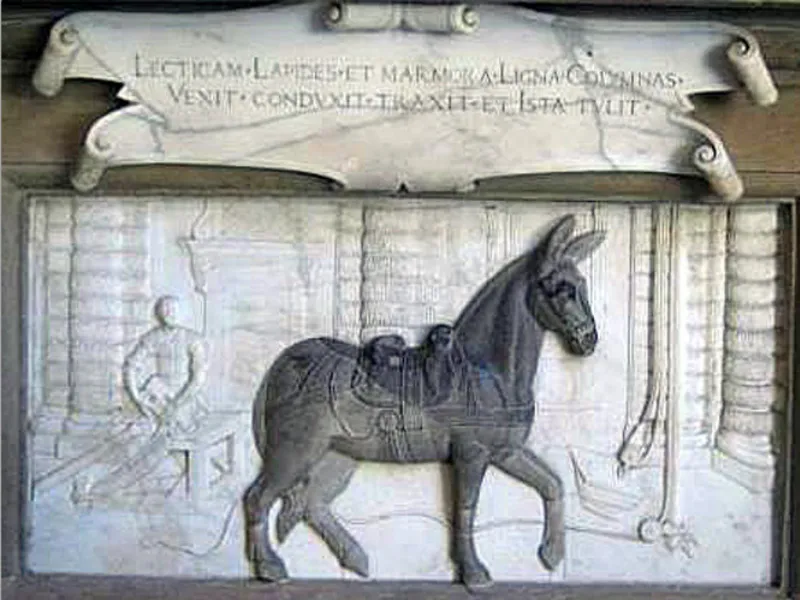
A Mule is celebrated in the Palazzo Pitti
The marble decoration is situated on the left part of the courtyard.
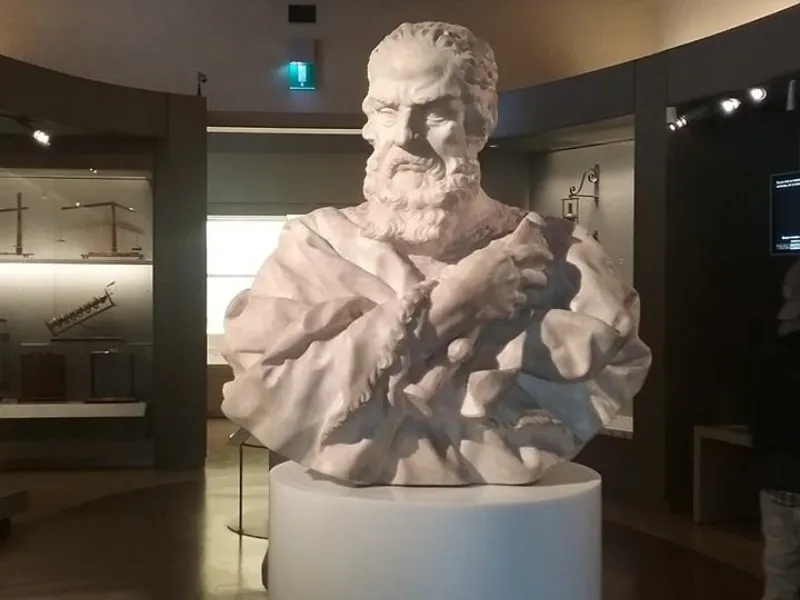
Galileo Galilei kneels in front of the church
In 1632 the scientist published his "Discorso sui massimi sistemi" and he risked to be burnt at the stake
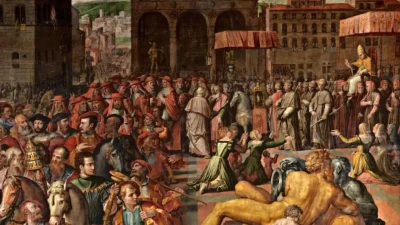
Two particolar details
Giorgio Vasari and Giovanni Stradano painted the "Arrival of the Pope In Florence" between 1555-1562.


